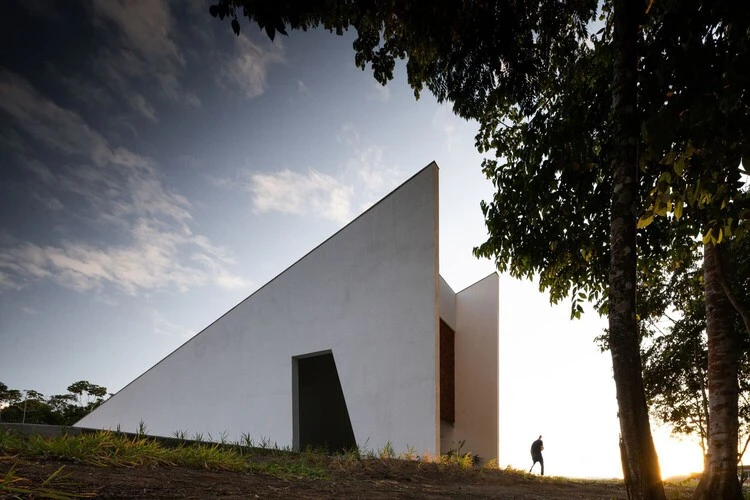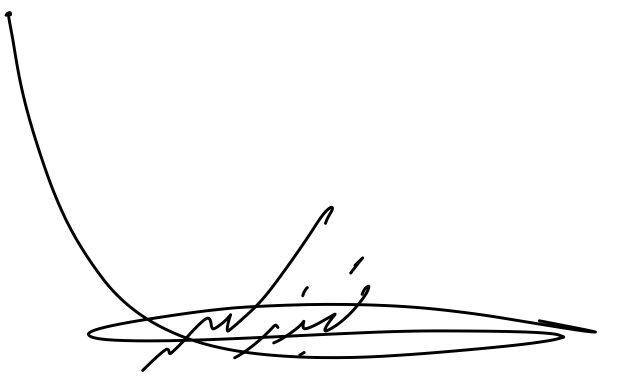
Architecture mirrors the culture it is built from, while simultaneously aspiring to lead that culture. This is almost oxymoronic, since reflecting and projecting our values is an essential part of every human life, and architecture is exquisitely human. Our buildings embody us, with all of our mixed messages.
The city of New Haven, Connecticut, has several “gateways” where those passing by and through it are welcomed. Architecture students of a certain age remember the New Haven Coliseum (now gone) and the Knights of Columbus Tower, buildings designed by Kevin Roche that heroically defied precedents to create iconic symbols of arrival as the then-new Route 34 (now Martin Luther King Boulevard) funneled traffic from I-91 and I-95 into and out of New Haven’s downtown.
The entry’s two-story wing highlights a mass timber interior.

Across the thoroughfare, another deliberate urban delineation nears its final touches. Chosen by Winstanley Enterprises, Elkus Manfredi Architects spearheads the design of a forthcoming multitenant life sciences hub situated at 101 College St. It stands as a testament akin to Roche’s towering edifice, yet the corporate architecture of the 21st century unfurls novel intricacies, transcending the mere aspirations of its mid-20th century predecessors.
The façade of the structure boasts solid/void curtain walls, embellished forms, and material differentiations emblematic of contemporary architectural lexicon. However, amidst these deliberate intricacies, this edifice endeavors to proffer a palpable architectural epigram: the adulation of a renowned specimen of “mass timber.”
Undoubtedly, the recent strides in mass timber construction, heralded for circumventing the carbon emissions inherent in concrete and steel, mark a burgeoning trend. Yet, the narrative along College Street transcends mere ecological conscientiousness. A minute segment of the structure capitalizes on the allure of “mass timber chic,” manifesting solely at the ground level’s first two stories, adorning one corner, on one side of the building.

This one spot uses bared, lit, and focal wood timbers and natural wood as applied ornament on one section, set floating off the slick skin. While mass timber is being built in northern Europe and the U.S. as a viable alternative to mid-rise urban structures, here its use is aesthetic, a neat showpiece as the rest of this building (shorter than many of the other actual mass timber buildings) is built as a standard steel-and-concrete building.
Once again, symbolism over substance has a front-facing presence in architecture—like the temple pediments tacked onto a thousand neoclassical civic and institutional buildings, rendered in limestone purity, when their creation as free-standing temples over two millennia ago were dazzling colored explosions.
Since the Renaissance, designers have used the aesthetic gravitas of classical architecture from a thousand years earlier as symbols of legitimacy and power. Applying iconography is a seminal design choice. However, the legitimate colorization of the ancient buildings’ design was somehow eschewed by neoclassicists as getting in the way of the archeological cliche we hold dear. The selective use of mass timber bits for the entry iconography in New Haven is a knowing but empty aesthetic insertion. No anti-carbon revolution here, just a neat alternative applied to the special place of entry for a gateway building, built in the steel and concrete that mass timber is intended to supplant.

